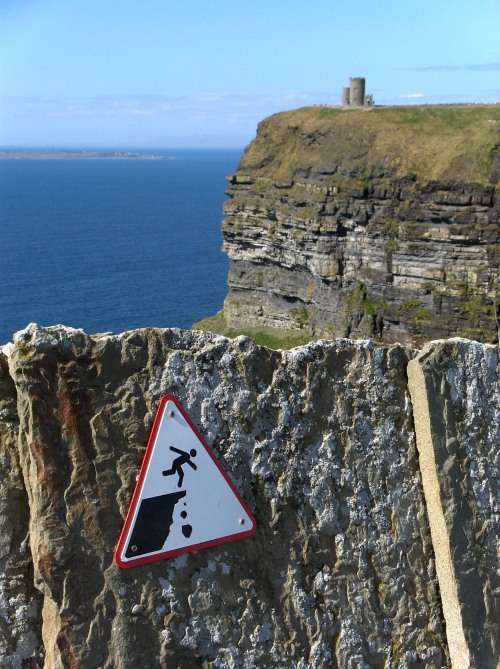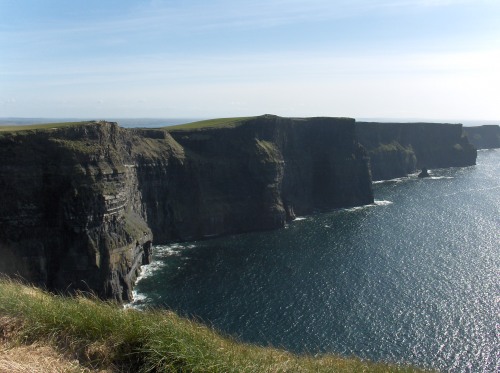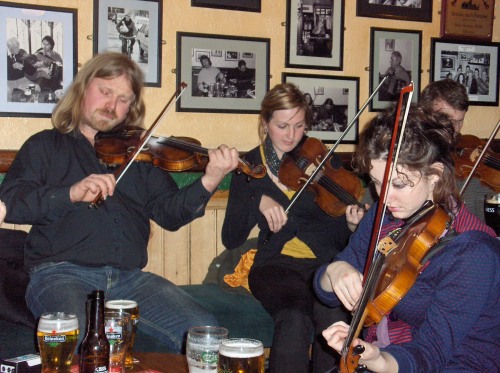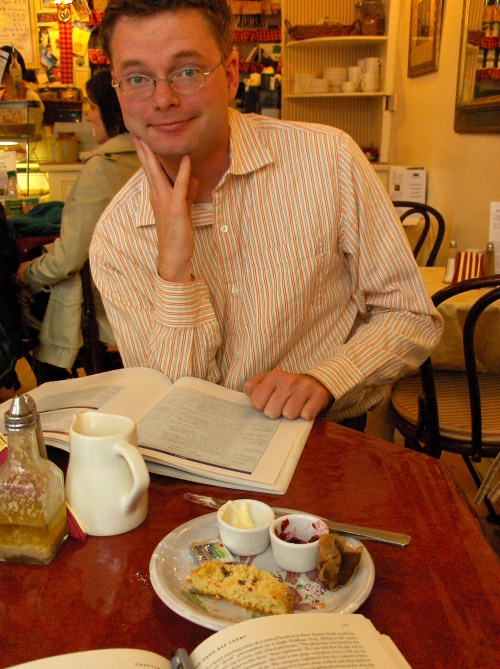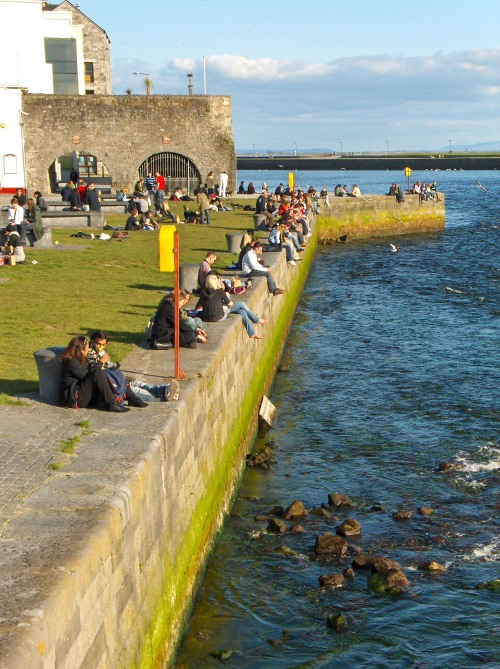Tonight I once again visted the Metropolitan Opera to hear Gluck’s Orfeo ed Euridice. His most famous opera, it deals with one of the oldest themes of the opera genre. Multiple incarnations of the Greek myth go back to as early as 1600.

My biggest regret about this opera is that I was dreadfully tired, and ended up sleeping off an on. At 90 minutes, it’s a very short opera. All I can say is that I enjoyed the early classical instrumentation and orchestration, and the singing was on par with the Met’s high standards. The creative set with the maqueraded chorus set on tiers was effective. Sadly, I slept through the climax of the opera when Orfeo looks back at Euridice, sending her back to Hades.

Also noteworthy is that I brought the intern who’s been working with me for the week, David. Not only has he had the misfortune to spend all day with me in the operating rooms all week, but he went to the applicant dinner I hosted on Tuesday evening, and went last minute with me to the Met so that my extra complimentary ticket didn’t go to waste. He’s truly been my protege for the week.




